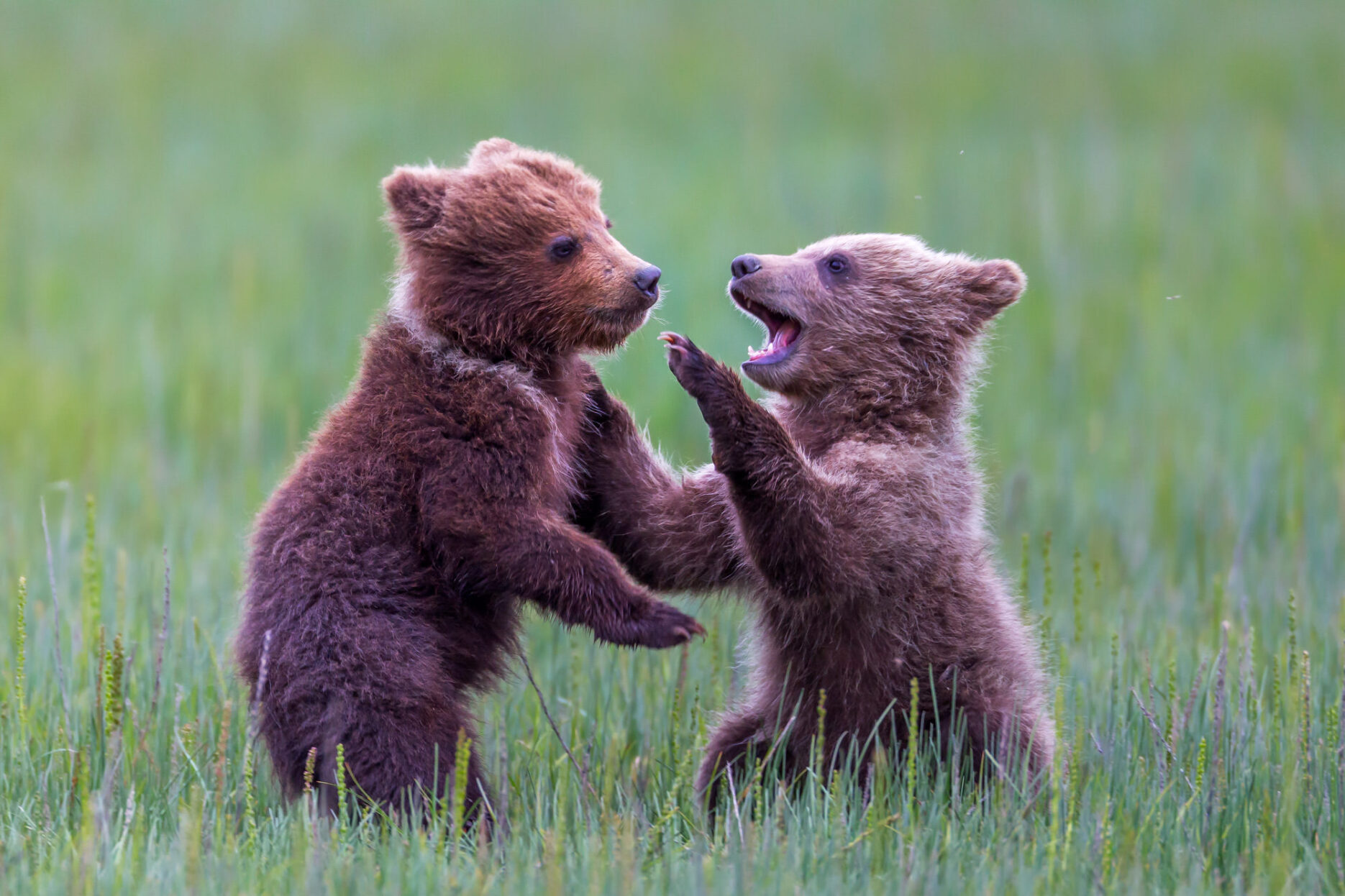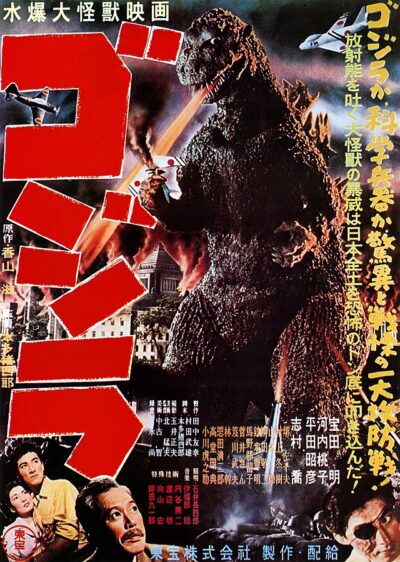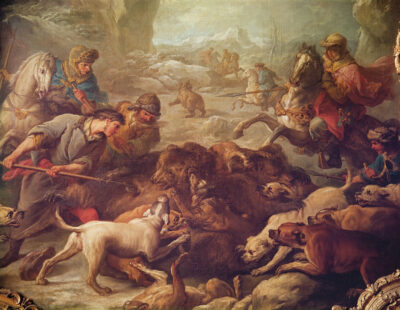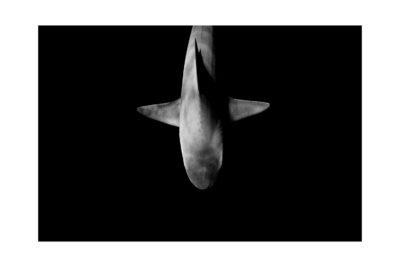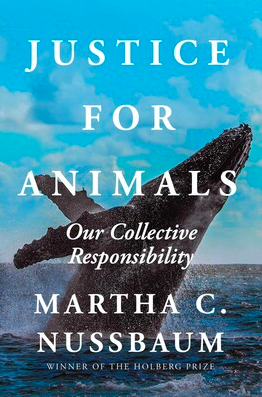| Creator | Joseph C. Filer |
| Media Form | Photograph |
| Genre | Wildlife and Landscape Photography |
| Technique | Long lenses or short lenses with remote release |
| Date and Location of Creation | Lake Clark National Park, Alaska |
| Publication Information | Posted on photographer’s website |
| Predator Represented | Bears |
When bears first come to my mind, I don’t automatically think of the gnarly, sharp-teeth beasts they actually are in nature. My first thoughts are of positive depictions of bears, T.V. shows containing them, teddy bears and soft, cuddly animals. Thinking back on some of my favorite representations of bears, they all have positive associations,
According to an article by Bear With Us, There are eight species of bears in the Ursidae family, with forty-six subspecies of bears. Although all bears are different in size and shape, all bears have some similar characteristics. These include round ears, stocky bodies, shaggy fir, and short tails. Their diets also differ, but they are all omnivores. The most deadly of all of theses bears however, are grizzlies. Known for their aggressive behavior, they are responsible for most of the bear attacks in North America, averaging about forty-four per year, where as black bears and kodiak bears (which are part of the brown bears) average about one attack per year, and other bears have rare attacks.
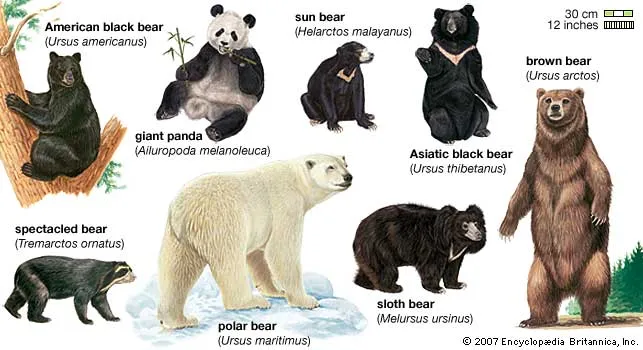
Instantly, when bears are mentioned, my first thought is of teddy bears. Everyone’s favorite stuffed animal right? But why is it that bears are the most common animal for young kids to sleep with at night, when they are arguably one of the top apex predators. According to an article by the National Parks Service, teddy bears were invented in 1902 as an homage to President Theodore Roosevelt. After hearing the news of the president refusing to shoot a bear, after Holt Collier had tied it up and suggested that Roosevelt shoot it. Morris Michtom saw a cartoon about the incident and decided that he and his wife who made stuffed toys would make a stuffed bear and call it “Teddy’s Bear” after the president.
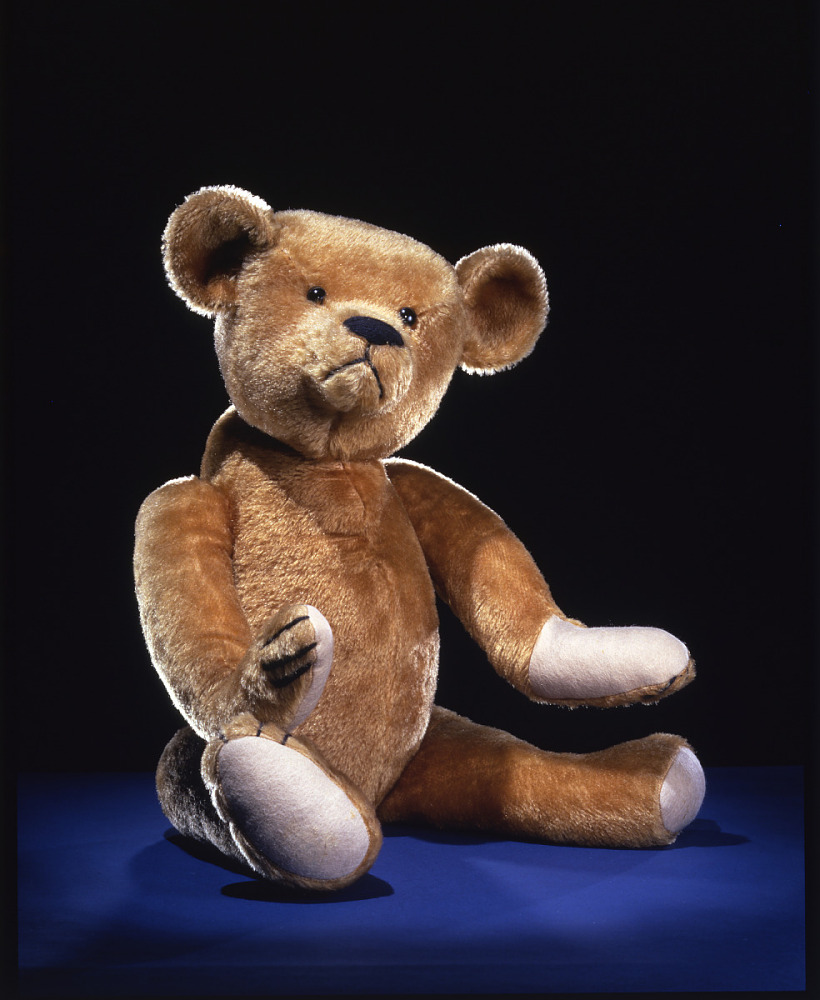
I also think another reason that we as a society view bears more positively is due to their representation in the media. Almost every T.V. show or movie that includes bears is one with a positive story. Bears not only have personified characteristics, such as using their front paws in a similar fashion to the way humans use their hands making it easier for media to represent them with human qualities and characteristics. This inadvertently allows young children to connect with them easier, which may be one of the reasons we view them so positively. One of the oldest cartoons containing bears is “The Yogi Bear Show” which was created in 1961. In this show Yogi is seen walking on two legs around trying to steal humans picnic baskets. This person-like depiction allowed children who watched the show to see Yogi as a human more so than a bear.
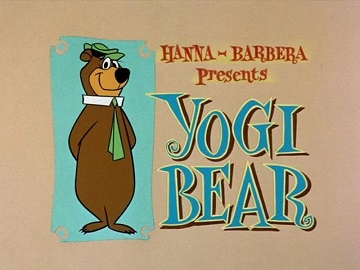
Positive representations of bears have always been around. In many cultures bears are often viewed highly, and represent important qualities such as protection, strength, and wisdom. According to an article from What is my Spirit Animal?, specifically within Native American culture, bears represent wisdom, strength, and healing. Bears are also associated with luck and many tribes wear bear charms as a symbol of this. Within Celtic tradition, the goddess of wildlife, Artio, took form as a bear. Hunters used her spirit as a means of safety and success. Also in Celtic mythology, the Great Bear was called upon during the winter to give protection and safety through the Winter Solstice. Bears in Roman and Greek mythology represent the protective dynamic between mother and child. Ursa minor and Ursa major are the two constellations that represent this dynamic.
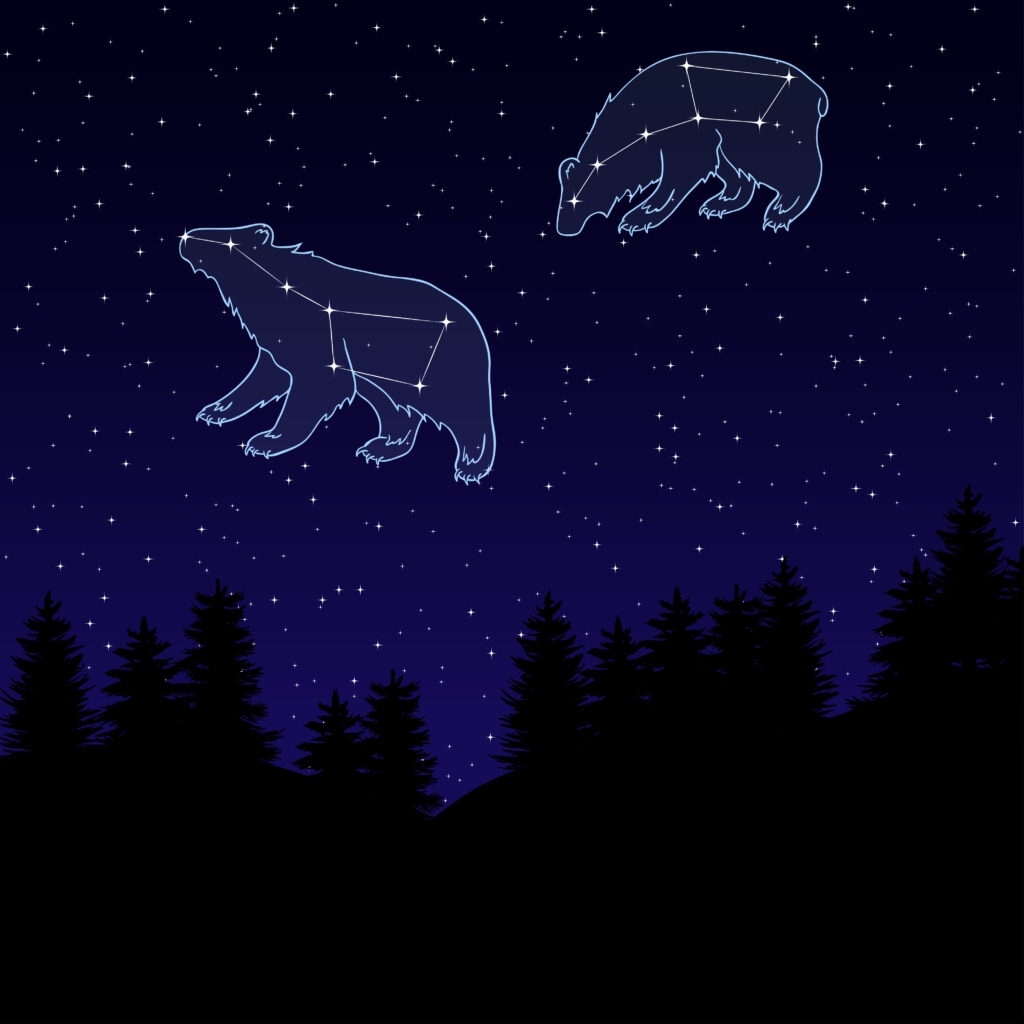
King, Bernadette. “Bear Symbolism & Meaning: Spirit, Totem & Power Animal.” What Is My Spirit Animal | Spirit, Totem, & Power Animals, 26 Oct. 2023, whatismyspiritanimal.com/spirit-totem-power-animal-meanings/mammals/bear-symbolism-meaning/#NativeAmericanBear.
“The Eight (8) Bear Species of the World: Bear with Us.” Bear With Us | Black Bear Rehabilitation, Education, Research, Bear Facts, 6 Feb. 2020, bearwithus.org/8-bears-of-the-world/.
“8 Types of Bears Compared: Black vs Grizzly vs All Bears.” Greenbelly Meals, www.greenbelly.co/pages/types-of-bears#:~:text=However%2C%20common%20characteristics%20like%20large,yes%2C%20all%20bears%20love%20honey. Accessed 26 Oct. 2023.
